| Columns Retired Columns & Blogs |
Mirage M-1 loudspeaker Measurements
Sidebar 3: Measurements
Looking first at the manner in which the M-1's impedance changes with frequency (fig.1), the moderate peaks at 455Hz and 2500Hz are presumably due to the midrange and tweeter crossover filters. Overall, the M-1 should be relatively easy to drive, though the droop in the top octave would suggest that low-powered tube amplifiers should probably be best avoided. The fundamental box resonance is well-damped and appears at a low 42Hz, the bottom note of the string bass, while the port minimum lies at 28Hz, suggesting good low-frequency extension. This was confirmed by nearfield measurements on one of the woofers, which indicated an anechoic –6dB point at 35Hz. In-room, with reinforcement from the ports, this translates to an effective bass extension to 25Hz, –6dB. This speaker will certainly give a pretty full measure of low bass, as can be seen from the in-room, spatially averaged, 1/3-octave response (fig.2).
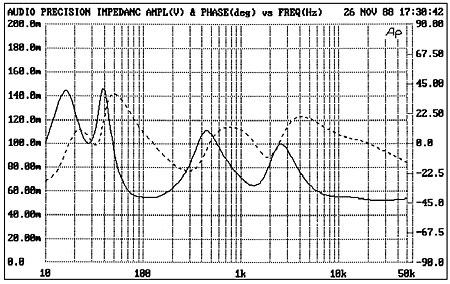
Fig.1 Mirage M-1, electrical impedance (solid) and phase (dashed) (2 ohms/vertical div.).
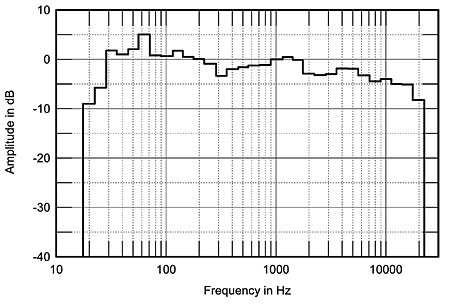
Fig.2 Mirage M-1, 1/3-octave, spatially averaged response in LA's listening room.
The slight peaks around 30Hz and 60Hz are room modes which are sufficiently excited not to be removed by the spatial averaging employed to derive this curve—see "Follow-up" in this issue for full details on how I carry out this measurement—and could well correlate with LA's feeling that the speaker had a low-frequency bloom. (Note from "Follow-up" that the dipolar Quad US Monitor excites the room resonances much less efficiently than the bipolar M-1s.) The dip around 300Hz is primarily due to interference with the direct sound from the wave reflected from the floor between the speaker and the microphone. The fact that it covers a broader range than usual, undoubtedly due to the two woofers being at different heights from the floor, might also indicate that the speaker intrinsically has a slight lack of energy here.
Above that region, the midrange is relatively flat, though with a slight excess around 1250Hz, which is more noticeable on the speaker's main axis, and an overall slight falling trend from lows to highs can be discerned. The treble is somewhat peaky in its top octave, but this, too, is more pronounced on-axis. This suggests that the M-1 will give its best tonal balance slightly off the main axis; pointing the speakers straight ahead, or not toed-in exactly to the listening position, as preferred by LA, will achieve just that effect. Vertical dispersion seemed well-controlled, and there aren't the extreme changes of response with listening height that you experience with three-way models that use first-order crossover slopes. LA suggested that the M-1 would have a wide and even dispersion pattern, and this did, indeed, turn out to be the case, the 45° off-axis response dropping by a couple of dB or so when compared with the on-axis response, apart from the very top audio octave when the response droops off-axis in a well-controlled manner.
The response of the loudspeaker to a 55µs unidirectional rectangular pulse on the tweeter axis is shown in fig.3. Interpretation of the raw impulse response is fraught with difficulty without using the data to derive Heyser's Energy-Time Curve (which, at present, is not yet possible here at Stereophile). However, looking at the step response (fig.4), the small, initial, negative-going spike of energy suggests that the tweeter is connected with opposite polarity to the midrange unit, the positive-going output of which follows shortly after. The third negative-going pulse is presumably the arrival of the woofer's contribution, over which is superimposed the negative overshoot from the midrange unit. The majority of the energy takes around 2ms to arrive, suggesting high-order crossover slopes, and what can be seen of the impulse tail is overlaid with a degree of ringing. Two distinct frequencies can be (just) made out, one with a period of just over 300µs, the other with a period of just under 100µs; ie, frequencies of just under 3kHz and just over 10kHz, respectively.
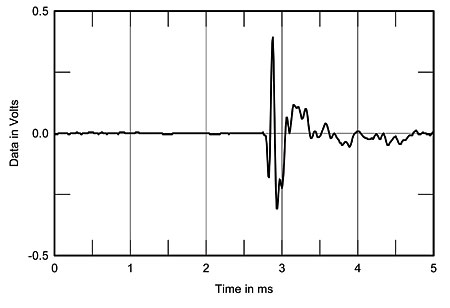
Fig.3 Mirage M-1, impulse response on tweeter axis (5ms time window).
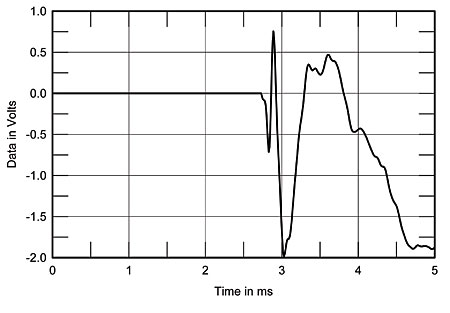
Fig.4 Mirage M-1, step response on tweeter axis (5ms time window).
The same pulse response was captured, this time over a 10ms time window, and the 512-point data subjected to a Discrete Fourier Transform to reveal the anechoic amplitude response of the loudspeaker with an effective frequency-domain resolution of 100Hz. Fig.5 shows this response plotted up to 12kHz. (The spectral content of the pulse used drops considerably above that frequency, thus producing unreliable data.) The overall response is relatively flat, but noticeable is a loss of energy in the 300–400Hz region, as well as cancellation notches in the octave above that, either from spaced drivers carrying the same signal—presumably front and rear—or from interference between the direct sound with that reflected from some aspect of the enclosure. The lack of energy in the 3–4kHz region is possibly also due to destructive interference, but it would be hard to argue for its audibility; it isn't present on the in-room response, for example.
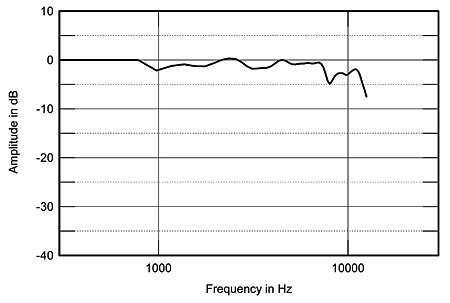
Fig.5 Mirage M-1, anechoic response on tweeter axis.
All in all, I would agree with LA's conclusion that the M-1 is an exceptionally well-balanced design.—John Atkinson
- Log in or register to post comments




































